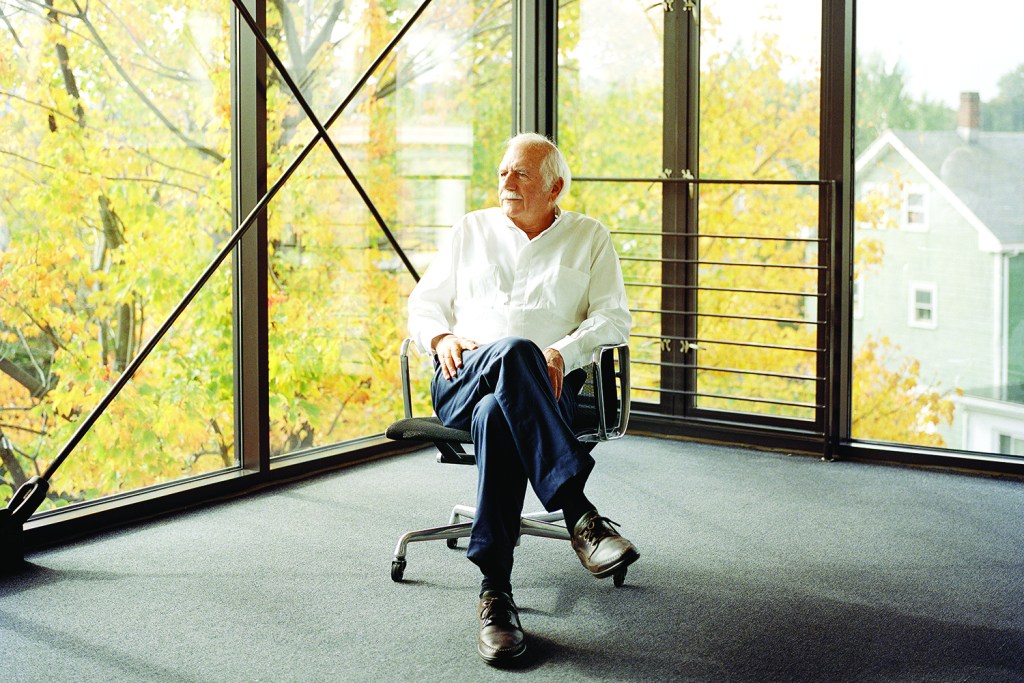Moshe Safdie, FAIA’s design career had an early start. According to ARCHITECT contributing editor Karrie Jacobs’ article on the 2015 AIA Gold Medal winner, Safdie entered the design realm in the 1960s, when there was no shortage of innovative architects and designers practicing around the world. But the Israeli-born designer, who studied in Canada and now lives in Boston, stood out. One of his first built designs—Habitat ’67, a hybrid multifamily development, in Montreal—doubled as his undergraduate thesis from McGill University, in Montreal. It also set a precedent for the socially progressive and flexible designs for which he became known—and lauded—for in later years.
This social progressivism is the focus of “Global Citizen: The Architecture of Moshe Safdie,” a major retrospective of the architect’s work that debuted at New York City’s National Academy Museum and is now moving to the Boston Society of Architects’ (BSA) Space, which is near Safdie Architects’ headquarters in Somerville, Mass., to run from March 16 to May 22. Presenting several projects carried out within Safdie’s 50-year career, the five-part show will investigate “progressive contextualism,” the architect’s term for his design philosophy that a building should be an extension of its physical, historical, and cultural environments. Organized by Donald Albrecht, curator of architecture and design at the Museum of the City of New York, and designed by NADAAA principal Nader Tehrani and designers from Safdie’s practice, the exhibition features over 100 objects including large-scale models of built, conceptual, and on the boards projects, drawings, films, and photography chronicling the evolution of the self-proclaimed modernist and his eponymous firm.
The exhibition will also include work from the firm’s 2015 Habitat of the Future Research Fellowship, which explores what it calls “dense urbanism” and how the field can respond to overpopulation and the need for sustainable design. To bring the show full-circle, the exhibition will feature the 21st-century version of Habitat ’67, the unconventional complex that ignited the prolific architect’s career.

Jesse Kaplan
Habitat 67

Michal Ronnen Safdie
View of the courtyard at Hebrew Union College in Jerusalem.

Timothy Hursley
View from the water of the Marina Bay Sands in Singapore.

Timothy Hursley
Peabody Essex Museum in Salem, Mass.

Timothy Hursley
Salt Lake City Public Library in Utah

Timothy Hursley
View at the end of the prism at the Yad Vashem Holocaust Museum in Jerusalem, Israel, by Moshe Safdie.
